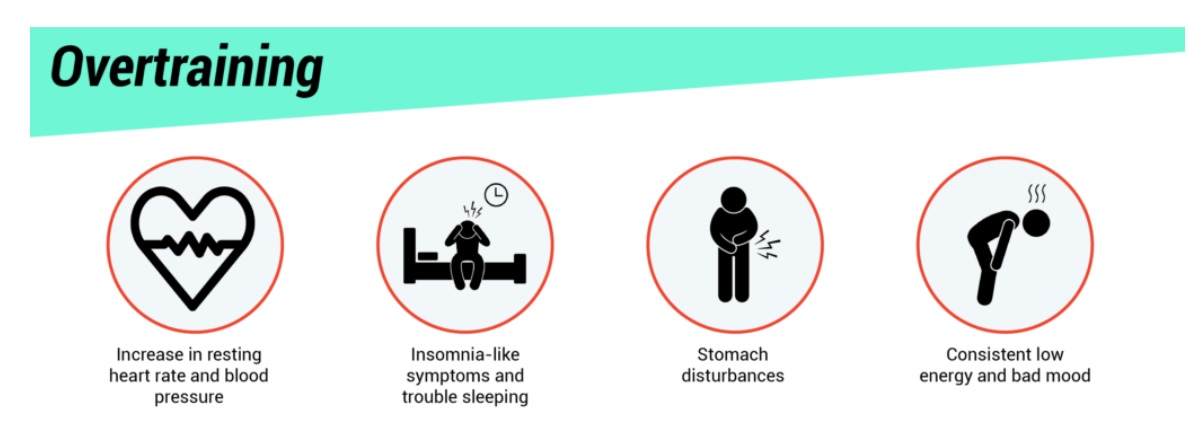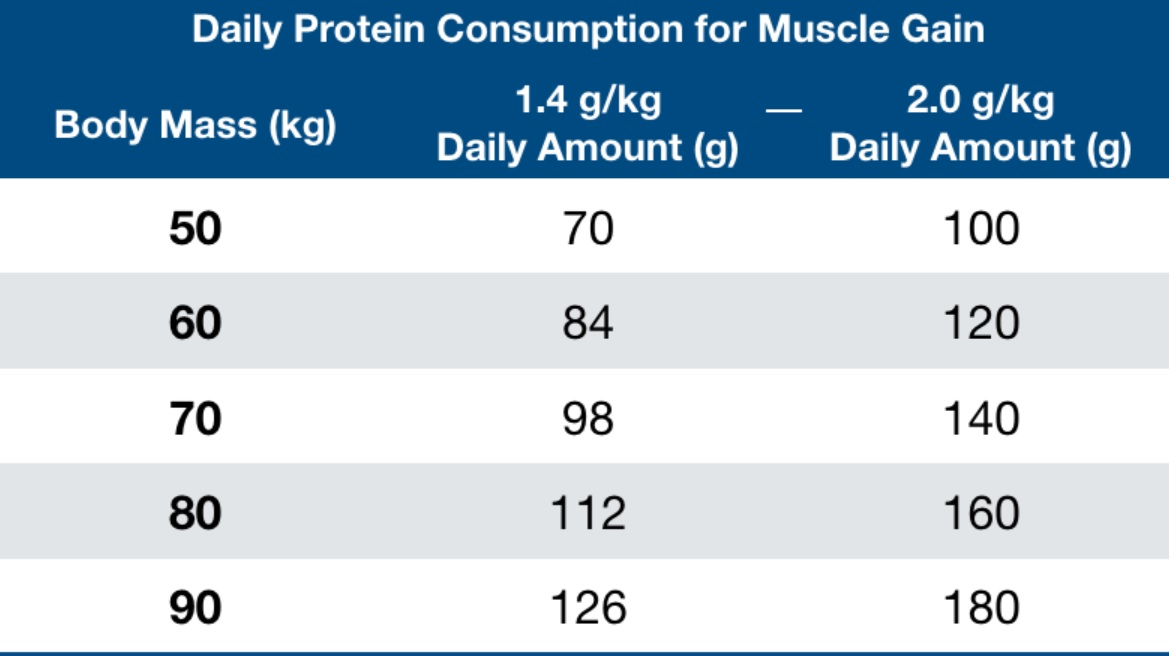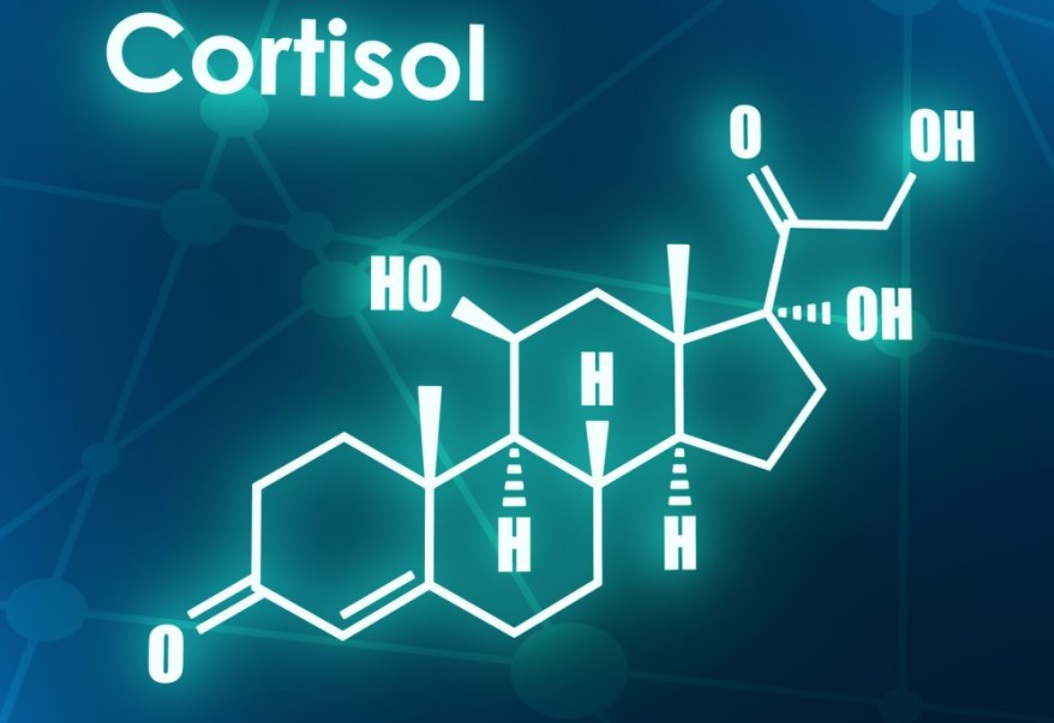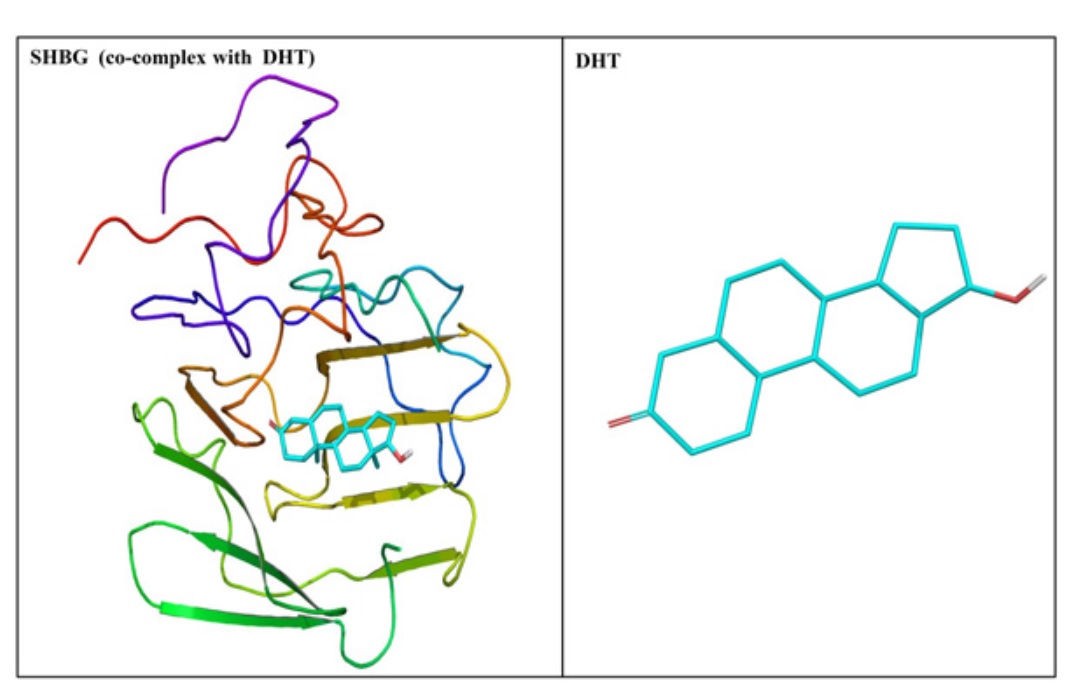Who Are Hardgainers?
In the world of fitness and bodybuilding, enthusiasts come in all shapes and sizes, each with their own unique goals and challenges. Hardgainers are those who find it particularly challenging to gain muscle mass and weight, even when they commit to a rigorous training regimen. They are the lean ectomorphs, those with naturally slender frames and metabolisms that seem to burn through calories faster than they can consume them. Despite their best efforts, muscle growth and weight gain can be elusive for hardgainers.
For those who are having a hard time building muscle, this is often considered to be a symptom and not a problem. It basically means there’s a flaw in the way your body functions – which could mean high levels of cortisol, high concentrations of sex hormone-binding globulin and either training too much or not enough. Also, one of the issues with the hardgainers is often losing sight of the goal. Remember there’s no set timeline, individual body varies and everybody reaches that ceiling at different times. And last, the importance of nutrition! It’s not just about loading on fat and carbohydrates – it’s all about taking enough protein.

Challenges of Hardgainers
Being a hardgainer in the world of fitness and bodybuilding comes with its own set of challenges and obstacles. Here are some of the key challenges faced by hardgainers:
- Fast Metabolism: Hardgainers often have metabolisms that operate at a faster rate, meaning they burn calories more quickly than others. While this can be beneficial for weight maintenance, it makes it difficult to create a caloric surplus needed for muscle growth.
- Lean Build: Hardgainers body can be less predisposed to rapid muscle growth and may require more effort to build muscle mass.
- Genetics: It plays a significant role in an individual’s ability to build muscle and gain weight. Some hardgainers may have genetic factors that make it more challenging for them to bulk up.
- High Activity Level: Certain hardgainers may have active lifestyles or engage in activities that burn additional calories, making it even harder to maintain a calorie surplus.
- Slow Progress: Hardgainers often experience slower progress in terms of muscle growth and weight gain compared to other body types. This can be frustrating and may require a higher level of patience and dedication.
- Nutritional Challenges: Meeting the nutritional demands for muscle growth can be a challenge. Hardgainers need to carefully plan their diets to ensure they consume enough protein, calories, and nutrients.
Despite these challenges, it’s important to note that hardgainers can make progress in their fitness journeys with the right strategies, patience, and consistency. With a well-structured training program, a focus on nutrition, and professional guidance, hardgainers can achieve their muscle-building goals and reach their full fitness potential.
Soreness Is Not Always a Sign of Progress
For many individuals embarking on a fitness journey, the feeling of sore muscles can be seen as a badge of honor—an indication that their workout was effective and that muscle growth is on the horizon. However, soreness might not always be the reliable sign of progress.
One common misconception among hardgainers is that the presence or absence of muscle soreness directly correlates with muscle growth. Here’s why that assumption may not hold true:
- Muscle Adaptation: Hardgainers’ bodies can adapt quickly to training stimuli. This means that even though they might not experience the same level of soreness after a workout, their muscles can still be growing and adapting to the exercise.
- Varying Soreness Levels: People can experience varying levels of muscle soreness depending on factors such as workout intensity, exercise selection, and familiarity with certain movements. Soreness can also diminish as the body becomes more accustomed to a particular routine.
- Not the Sole Indicator: Muscle soreness is just one potential indicator of progress. It’s essential for hardgainers to consider other signs, such as improvements in strength, endurance, and muscle definition, when assessing their fitness journey.
- Recovery and Consistency: Soreness can sometimes lead to overtraining and hinder recovery. Hardgainers may need to prioritize consistency in their workouts and allow for adequate recovery to support muscle growth.
Training Too Much Or Not Enough
Finding the right balance in training is crucial. Training intensity and frequency play a pivotal role in their fitness journey, but the challenge lies in striking the right balance between training too much or not enough. Here’s how each extreme can impact hardgainers:
Training Too Much:
- Overtraining: Hardgainers who push themselves too hard with excessive training sessions may risk overtraining. Overtraining can lead to physical and mental fatigue, decreased performance, and even injury. It can also hinder muscle recovery and growth.
- Inadequate Recovery: Insufficient rest between workouts can impede recovery, hindering muscle repair and growth.
- Burnout: Training too much can lead to burnout, both physically and mentally. The constant strain on the body can result in reduced motivation and enthusiasm for workouts.

Training Not Enough:
- Missed Opportunities: Insufficient training frequency may lead to missed opportunities for muscle stimulation and growth. Consistency in training is crucial for making progress.
- Limited Muscle Stimulation: Hardgainers need to stimulate their muscles with resistance training to trigger hypertrophy (muscle growth). Training infrequently may not provide enough stimulus to achieve this.
- Slow Progress: Without regular, progressive resistance training, hardgainers may experience slow progress or struggle to see noticeable gains in muscle size and strength.
- Reduced Hormonal Response: Consistent training sessions are necessary to maximize the hormonal response that supports muscle growth, including the release of testosterone and growth hormone.
Balancing training intensity and frequency is an ongoing process that requires careful monitoring and adjustments. Hardgainers should aim for a sustainable and consistent approach that allows for both progress and recovery.
No Set Timeline
For hardgainers, the path to achieving muscle growth and weight gain can be an arduous one. In this challenging journey, one of the most valuable pieces of advice is to refrain from setting rigid timelines for your progress. Here’s why avoiding strict timelines can be liberating and ultimately more effective for hardgainers:
- Individual Variability: Understand that each person’s body is unique, and progress rates can vary widely. Genetics, metabolism, and other factors play a significant role in determining the pace of muscle gain and weight increase. Setting a strict timeline can lead to disappointment if your body doesn’t conform to arbitrary deadlines.
- Focus on Consistency: Instead of fixating on a timeline, put your energy into maintaining consistency in your efforts. Regular training, proper nutrition, and adequate rest are the pillars of muscle gain. Consistency over time will yield significant progress.
- Long-term Commitment: Muscle gain and weight increase should be seen as long-term lifestyle changes, not short-term projects. Establish sustainable habits that you can maintain beyond any initial timelines you might have considered.
In place of setting strict timelines, establish achievable short-term and long-term goals. These goals should be specific, measurable, and realistic. For instance, aim to increase your strength in particular exercises, commit to a set number of workouts per week, or strive to consistently meet your calorie and protein intake targets.
Ultimately, as a hardgainer, approach your journey with patience, dedication, and a commitment to long-term health and fitness. Embrace the process, learn from setbacks, and celebrate each step forward, without being bound by artificial deadlines.
Prioritizing Targeted Muscles Over Secondary Muscles
For hardgainers, individuals who find it challenging to gain muscle and weight, optimizing their workouts is crucial. One effective strategy is to ensure that the majority of stress and effort during exercises is directed toward the targeted muscles rather than secondary muscle groups. Here’s why this approach is beneficial:
- Muscle Stimulation: To promote muscle growth, it’s essential to focus on the specific muscles you’re targeting during an exercise. Concentrating on the primary muscle group ensures that it receives the most stimulation, which is key to hypertrophy (muscle growth).
- Balanced Development: Prioritizing the targeted muscles helps achieve a balanced and proportional physique. Neglecting secondary muscles can lead to muscle imbalances, which may result in injury or hinder overall progress.
- Mind-Muscle Connection: Focusing on the primary muscles enhances the mind-muscle connection. This heightened awareness allows you to better control and engage the targeted muscles during exercises, leading to more effective workouts.
Meeting Your Protein Requirement
For hardgainers, meeting their protein requirements is essential to support muscle growth and prevent catabolism (muscle breakdown). Protein is the building block of muscle tissue and plays a critical role in recovery and repair after workouts. Here’s a closer look at protein requirements and how it can help combat catabolism:
The ideal protein intake can vary depending on individual factors such as age, gender, body weight, activity level, and training intensity. However, a common recommendation is:
1.2 to 2.2 grams of protein per kilogram of body weight: This range provides a solid foundation for muscle protein synthesis and recovery. The exact amount within this range can be adjusted based on individual response and goals.
Balanced Distribution: Divide your protein intake evenly across your meals and snacks throughout the day to ensure a steady supply of amino acids to support muscle growth.

How Protein Prevents Catabolism
- Muscle Protein Synthesis: Protein is essential for muscle protein synthesis (MPS), the process by which new muscle proteins are built. Adequate protein intake post-workout helps repair and build muscle tissue, reducing the risk of muscle breakdown.
- Amino Acid Availability: Protein provides the body with essential amino acids, which are the building blocks of protein. Having an ample supply of amino acids in the bloodstream helps prevent the body from breaking down muscle tissue to meet its energy needs.
- Leucine Content: Leucine, an essential amino acid found in protein, plays a particularly critical role in stimulating muscle protein synthesis. Protein sources rich in leucine, such as whey protein, has great muscle-building benefits.
- Thermic Effect: The thermic effect of food (TEF) is the energy expended during the digestion and absorption of nutrients, including protein. Protein has a higher TEF compared to fats and carbohydrates, meaning it burns more calories during digestion. This can be advantageous for hardgainers looking to support their calorie intake for muscle growth.
Importance of Carbohydrate: Pre and Post Workout
For hardgainers, carbohydrates play a crucial role in fueling workouts, optimizing recovery, and supporting muscle growth. Here’s why carbohydrates, both before and after workouts, are essential for individuals struggling to gain muscle and weight:
Pre-Workout Carbohydrates:
- Energy Source: Carbohydrates are the body’s primary energy source, especially during high-intensity workouts. Consuming carbohydrates before a workout provides readily available energy, allowing hardgainers to perform at their best.
- Glycogen Stores: Carbohydrates are stored in the muscles and liver as glycogen. A pre-workout carbohydrate intake helps replenish glycogen stores, ensuring that you start your workout with full energy reserves.
- Improved Performance: When glycogen stores are topped up, you can exercise at a higher intensity and for longer durations. This can lead to more productive workouts, which are essential for muscle growth.
- Enhanced Focus: Carbohydrates also provide glucose to the brain, improving mental focus and concentration during workouts. This can help you maintain proper form and maximize the effectiveness of your training.
Post-Workout Carbohydrates:
- Glycogen Replenishment: After a workout, your glycogen stores are depleted. Consuming carbohydrates post-workout is crucial to replenish these stores, facilitating a faster recovery and preparation for future workouts.
- Muscle Protein Synthesis: Pairing carbohydrates with protein post-workout can enhance muscle protein synthesis (MPS). Carbohydrates stimulate the release of insulin, which, in turn, helps drive amino acids from protein into muscle cells for repair and growth.
- Reducing Muscle Breakdown: Carbohydrates also help reduce the production of cortisol, a catabolic hormone. This can minimize muscle breakdown, which is especially important for hardgainers who may be more prone to muscle catabolism.
- Timing: Aim to consume a carbohydrate-rich meal or snack about 1 to 2 hours before your workout to ensure adequate energy. After your workout, try to eat a combination of carbohydrates and protein within the first 30 to 60 minutes to optimize recovery.
- Individual Needs: The exact amount of carbohydrates needed before and after a workout can vary based on factors like workout intensity, duration, and individual metabolism. Experiment with different carbohydrate levels to find what works best for you.
Elevated Levels of Cortisol?
Hardgainers, who struggle to gain muscle and weight despite their efforts in fitness and nutrition, may face unique challenges when it comes to chronic levels of cortisol, a stress hormone produced by the adrenal glands. While cortisol plays essential roles in the body’s stress response and metabolism, chronically elevated levels of cortisol can have negative implications for muscle growth and overall health. Here’s how cortisol and hardgainers may intersect:
- Impact on Muscle Tissue: Elevated cortisol levels can lead to the breakdown of muscle tissue. This catabolic effect is counterproductive for hardgainers, as they are already striving to build and maintain muscle mass.
- Inhibition of Muscle Growth: Chronic stress and high cortisol levels can inhibit muscle protein synthesis, the process by which the body builds new muscle tissue. This can hinder muscle growth efforts.
- Increased Fat Storage: Cortisol can promote the storage of fat, particularly in the abdominal area. For hardgainers who are aiming to gain weight in the form of muscle rather than fat, this can be a challenging aspect to manage.
- Energy Balance: Cortisol’s effects on metabolism can impact energy balance. In hardgainers who already have a fast metabolism, elevated cortisol levels may increase energy expenditure, making it more challenging to maintain a calorie surplus for muscle growth.
- Recovery and Sleep: Chronic stress and cortisol can disrupt sleep patterns, leading to inadequate recovery. Quality sleep is crucial for muscle repair and growth, and any disruptions can impede progress.

Impact of Sex hormone-binding globulin (SHBG)
Sex hormone-binding globulin (SHBG) is a protein produced by the liver that binds to sex hormones, including testosterone and estrogen, in the bloodstream. When SHBG binds to sex hormones, it reduces their bioavailability, meaning they are less active in the body. Elevated levels of SHBG can have various effects on hormone balance and metabolism.
It is essential to understand the potential impact of high SHBG levels on the fitness and muscle-building efforts:
- Hormone Regulation: High SHBG levels can lead to reduced levels of free testosterone, the biologically active form of the hormone. Testosterone is crucial for muscle growth, strength, and overall athletic performance. Elevated SHBG can decrease the availability of free testosterone, potentially affecting muscle-building potential.
- Metabolism: SHBG can also influence insulin sensitivity and glucose metabolism. Changes in insulin sensitivity may affect how the body utilizes carbohydrates for energy and nutrient storage, potentially impacting muscle gain and energy levels.

- Appetite and Nutrient Uptake: Altered hormone balance, including higher SHBG levels, may affect appetite regulation and nutrient uptake. This can impact a hardgainer’s ability to consume the necessary calories and nutrients for muscle growth.
- Hormone Imbalance: Elevated SHBG levels can disrupt the balance between sex hormones, potentially leading to hormonal imbalances that affect overall well-being, including energy levels and mood.
It’s important to note that SHBG levels can be influenced by various factors, including genetics, hormonal fluctuations, and certain medical conditions. While high SHBG levels may present challenges for hardgainers, addressing these challenges is possible with a comprehensive approach that includes proper nutrition, exercise, stress management, and, in some cases, medical guidance.
If an individual suspects they have high SHBG levels and are experiencing challenges with muscle gain and overall fitness, consulting with a healthcare provider, endocrinologist, or hormone specialist can provide valuable insights and guidance on managing hormone balance and optimizing fitness goals.









